.
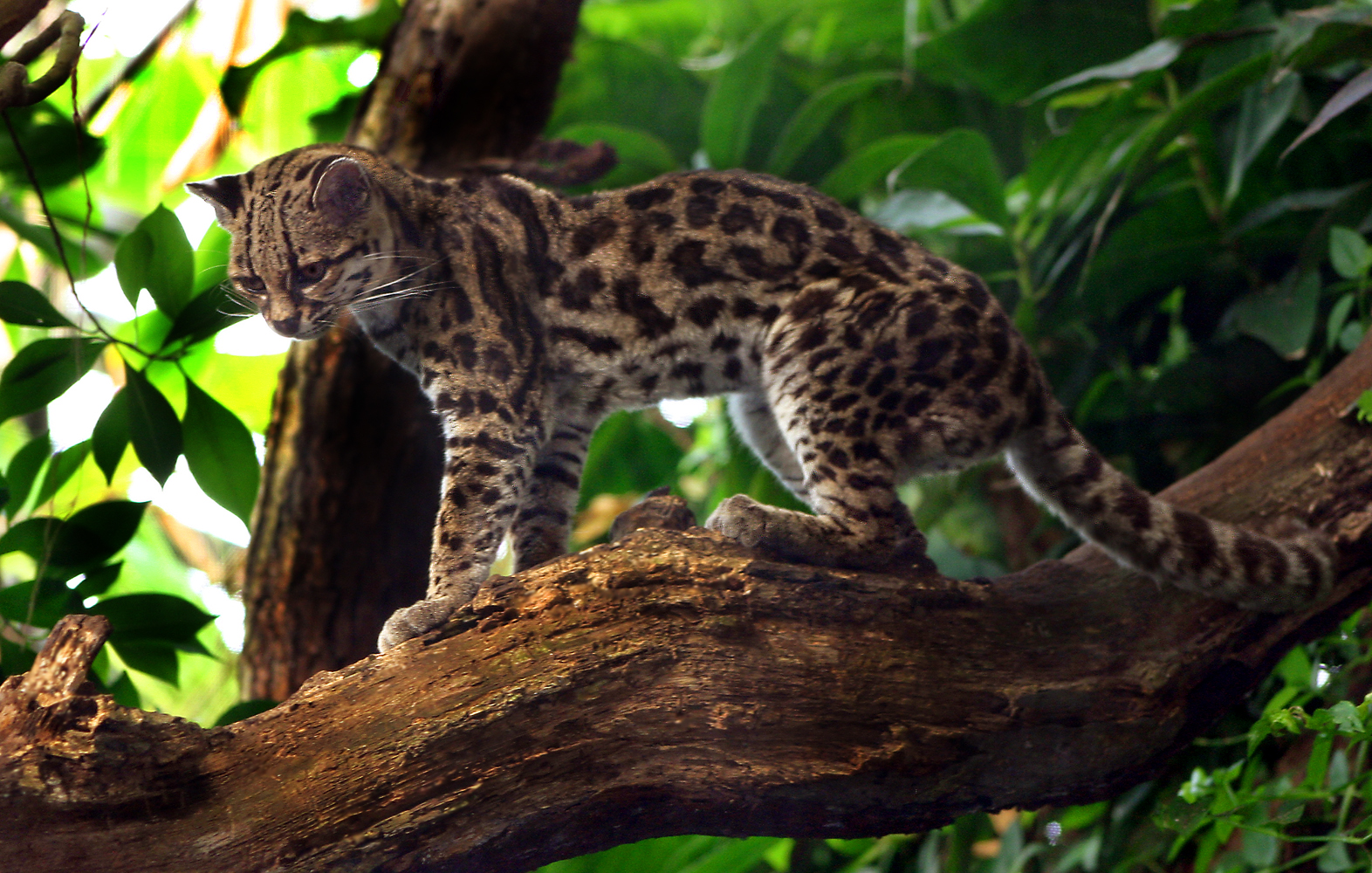
Margay Cat (Leopardus wiedii): photo by Malene Thyssen, 9 October 2006
As we go on living
moving further away
from the zone where names are distinct
or slinking
like night animals
of interior vision
between memory
and oblivion
recapturing spaces
we pass unconscious
from intermediate names
to gradual
struggling from absolute
reality to subject
subject to reality
struggling from absolute
to gradual
from intermediate names
we pass unconscious
recapturing space
and oblivion
between memory
of interior vision
like night animals
or slinking
from the zone where names are distinct
moving further away
as we go on living
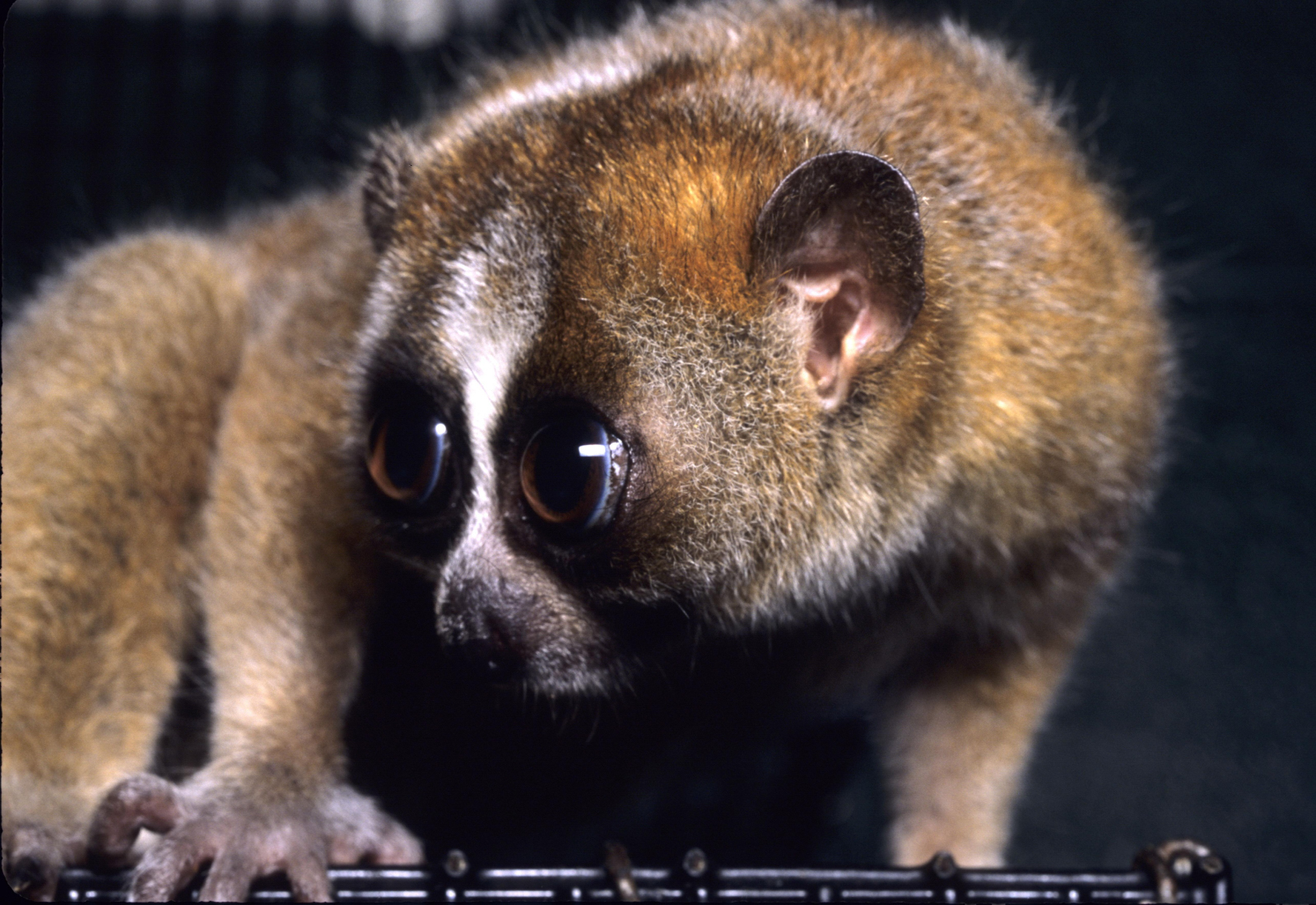
Pygmy Slow Loris (Nycticebus pygmaeus), Duke Lemur Center: photo by David Haring, 13 December 2010

Common Raccoon (Procyon lotor), eating, Cahuita National Park, Costa Rica: photo by Hans Hillewaert, 17 August 2009
Barred Tiger Salamander (Ambystoma mavortium), Tennoji Zoo, Osaka: photo by Kuribo, 13 January 2008

Aye-aye (Daubentonia madagascariensis): photo by Tom Junek, 19 June 2003
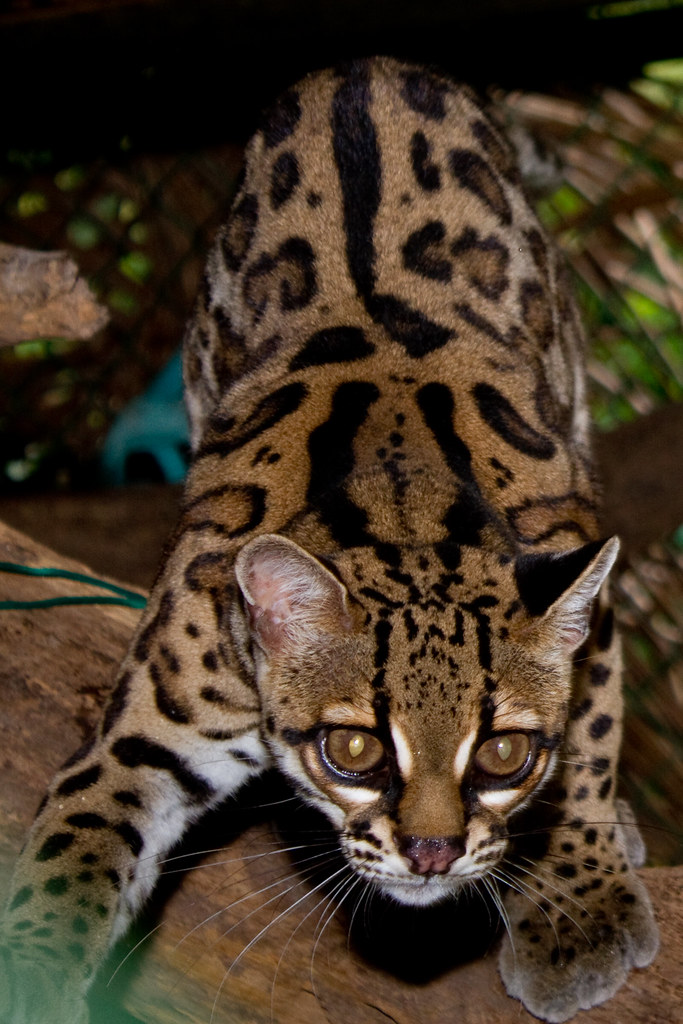
Margay Cat (Leopardus wiedii), Summit Municipal Parque, Panama: photo by Brian Gratwicke 1 May 2010
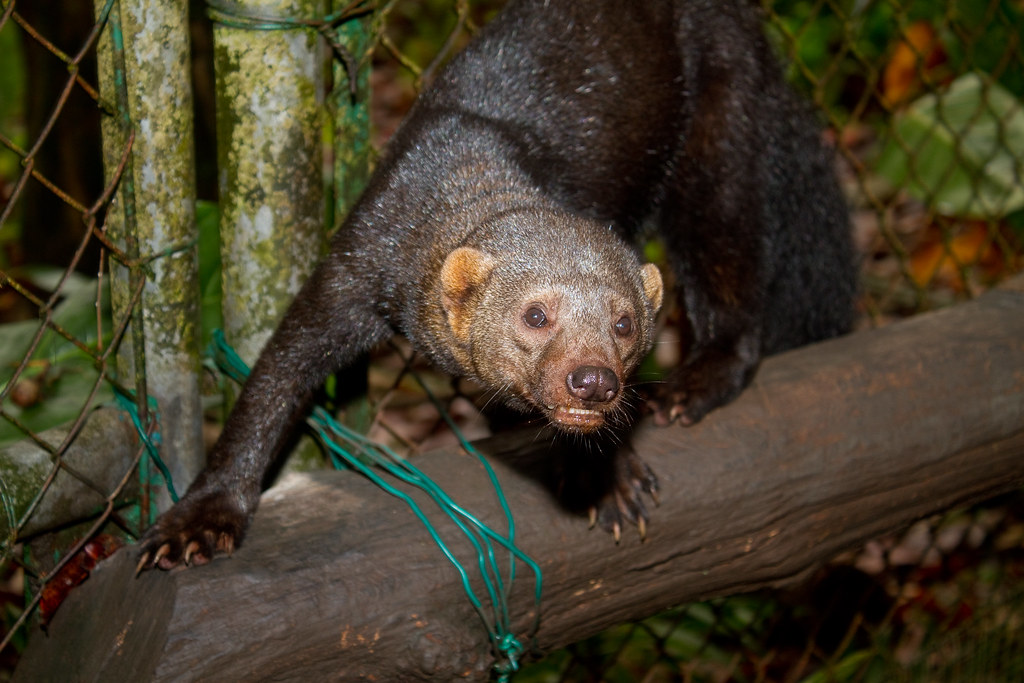
Tayra (Eira barbara), Summit Municipal Parque, Panama: photo by Brian Gratwicke 1 May 2010
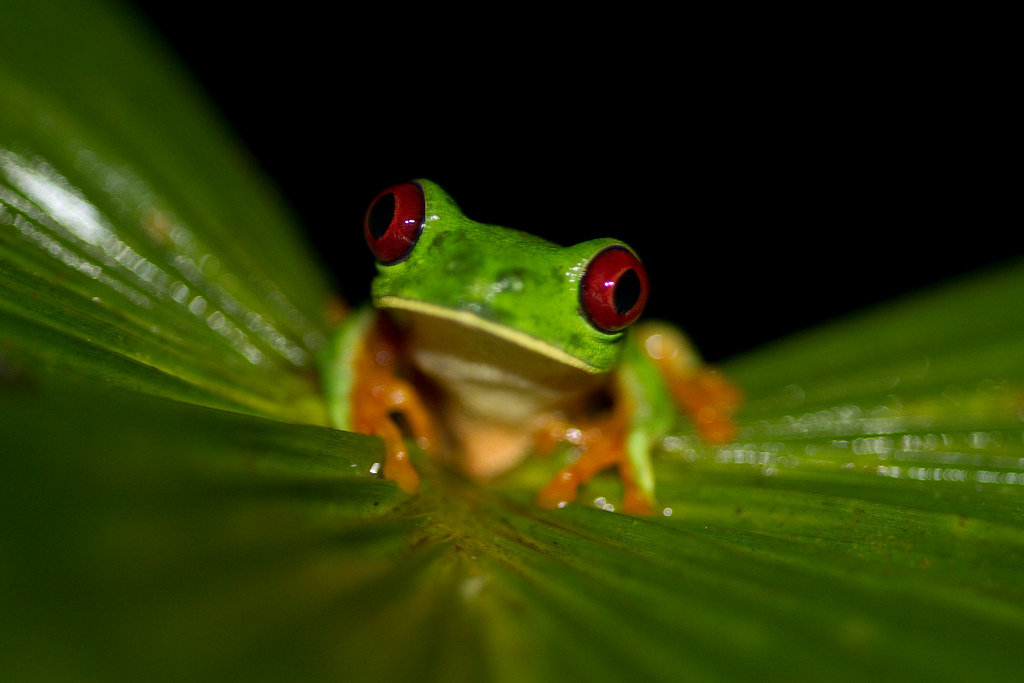
Red-eyed Tree Frog (Agalychnis callidryas), Summit Municipal Parque, Panama: photo by Brian Gratwicke 1 May 2010

Western Woolly Lemur (Avahi occidentalis): photo by Alextelford, 18 July 2010

European Hedgehog (Erinaceus europaeus): photo by Gaudete, 21 July 2007

Coyote (Canis latrans), walking: photo by John and Karen Hollingsworth, 11 October 2009 (U.S. Fish and Wildlife Service)

A pair of Bat-eared Foxes (Otocyon megalotis) outside their den at first light, Masai Mara, Kenya: photo by Steve Garvie, 5 August 2007
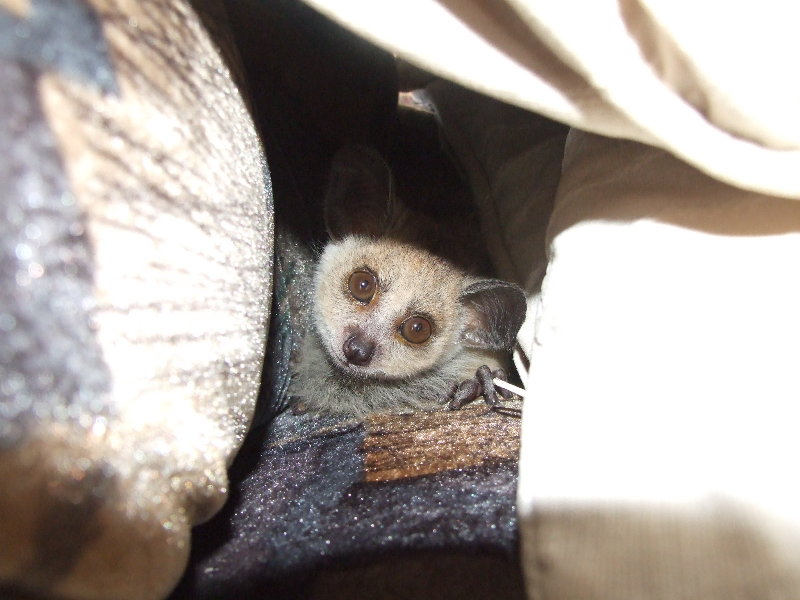
Grant's Bushbaby (Galago granti), juvenile (approx. 4 months): photo by Canis wolfbane, 13 February 2008
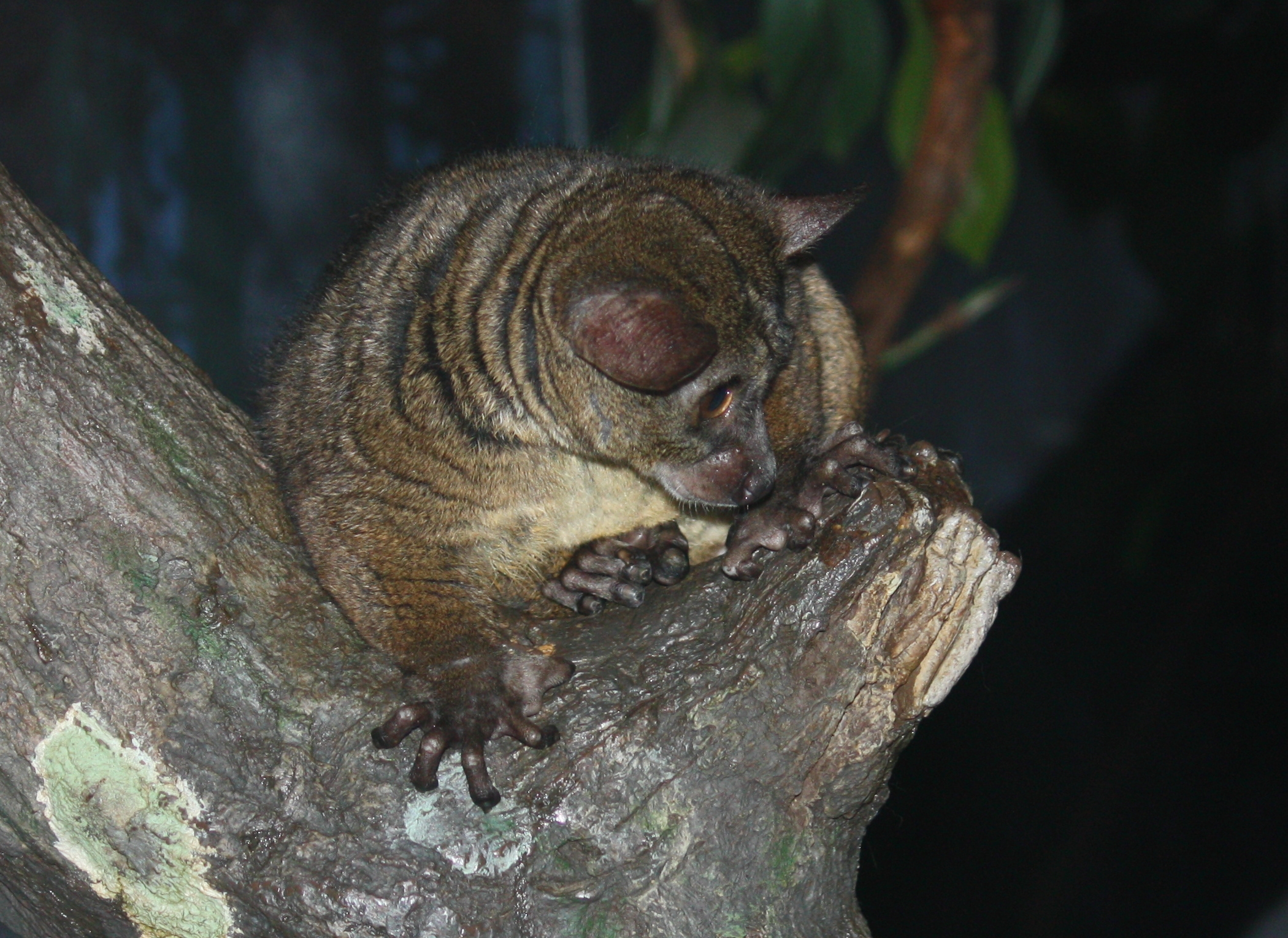
Garnett's Galago, or Northern Greater Galago (Otolemur garnetti): photo by Ltshears, 1 May 2009

North American Cougar (Puma concolor), Nevada: photo by Mike Searson, 16 March 2011

Siberian Tiger (Panthera tigris sumatrae): photo by Mila Zinkova, 2006
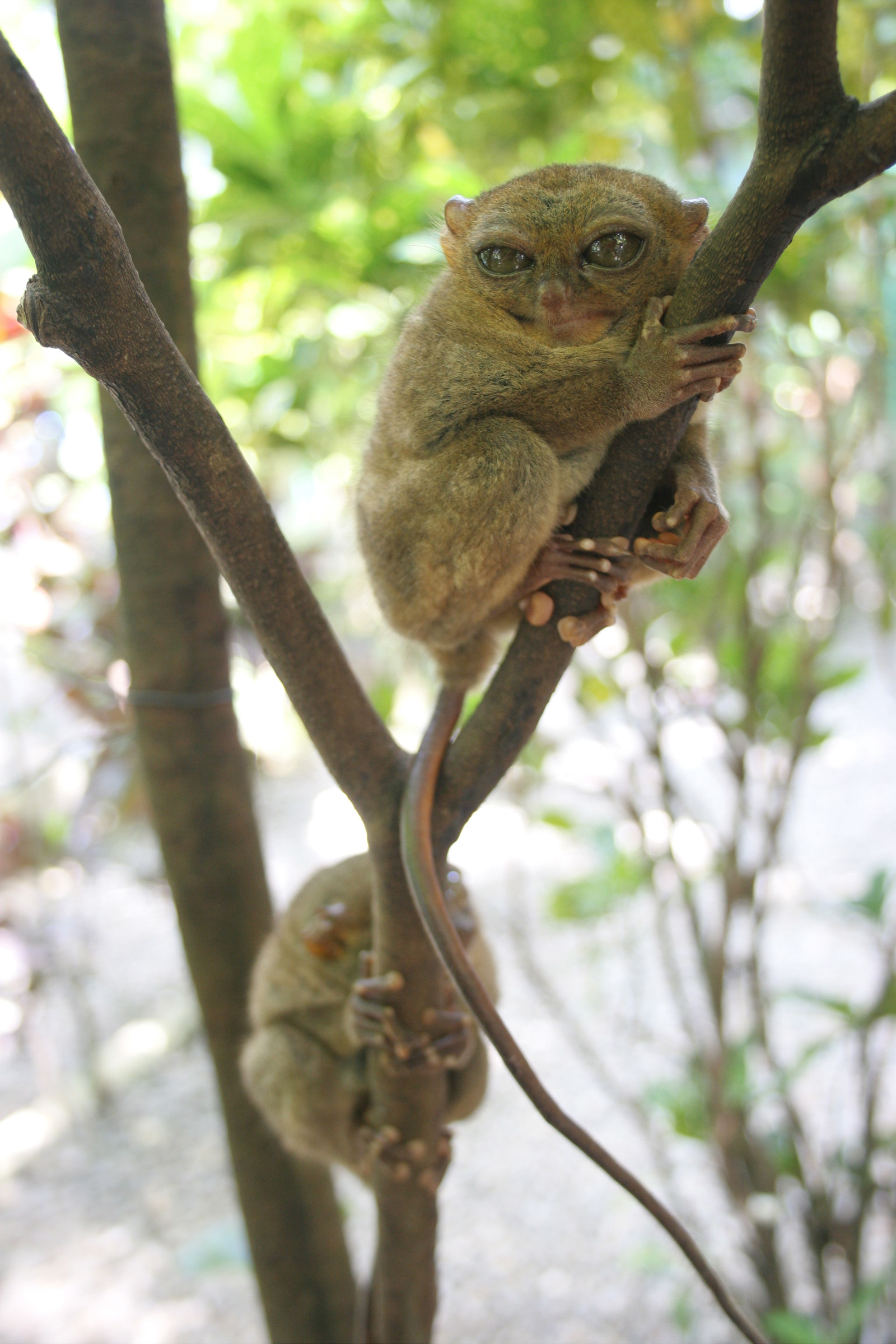
Philippine Tarsier (Tarsius syrichta): photo by Jasper Greek Golangco, 2006
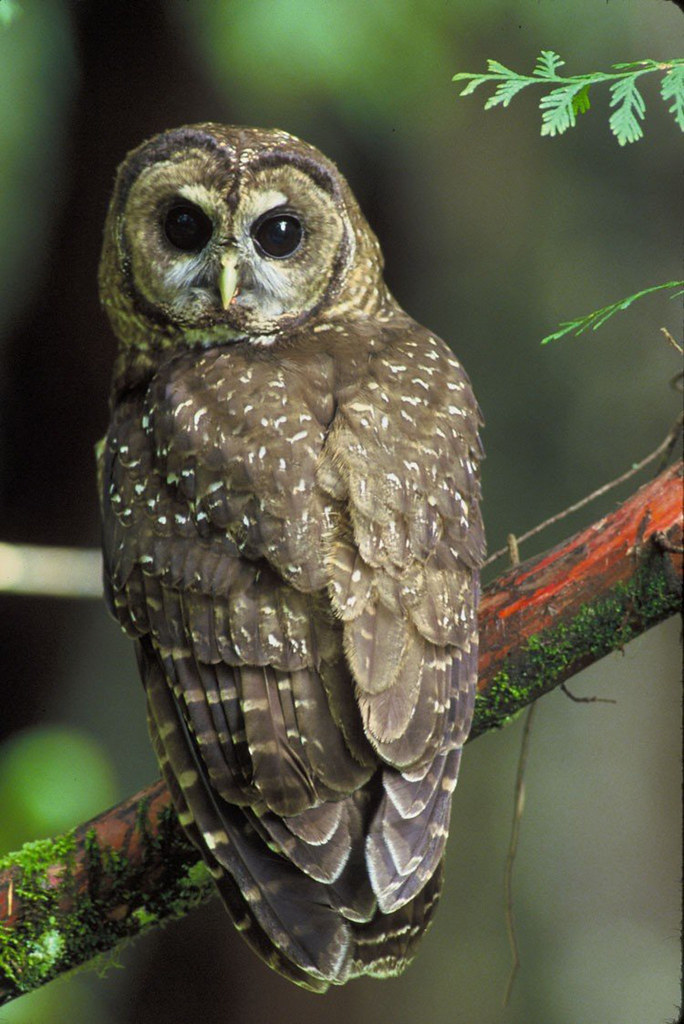
Northern Spotted Owl (Stryx occidentalis), Six Rivers National Forest, northwest California: photo by John and Karen Hollingsworth, 7 July 2009 (U.S. Fish and Wildlife Service)
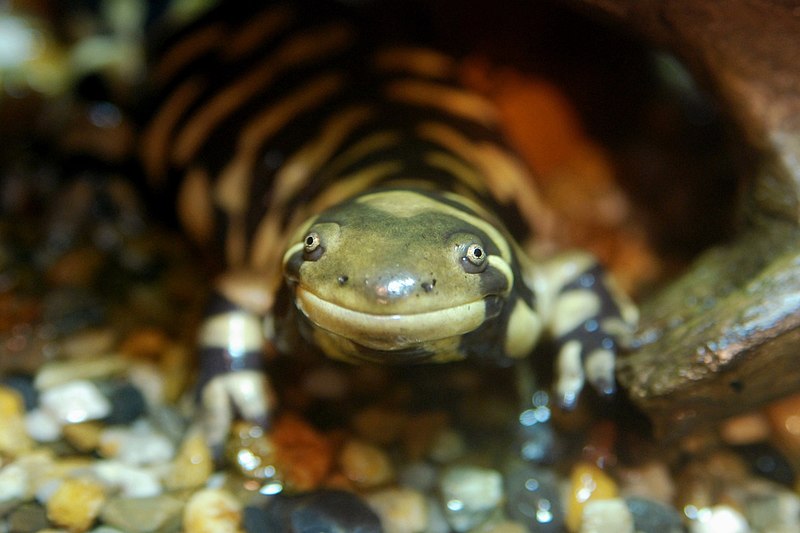
If E.T. was not a Philippine Tarsier (Tarsius syrichta), I'm George Washington.
ReplyDeleteI still like to think of you as the Father of our little neck of the jungle.
ReplyDeleteIt's not easy being reincarnated.
ReplyDelete3 Quick Qs Before Work:
ReplyDelete1. Does this mean, "Don't miss her one-woman show, Katy Perry IS Martha Washington!"?
2. Should any of these jungle night creatures eat you whole, does it make them a reincarnivore?
3. Finally, why aren't the American taxpayers taking care of your demo at the White House, whilst you and Mrs. Clarkbama relax in St. Croix?
I'll take my answers off the air...
I don't want to believe that legend that he sprayed the blankets George Amherst gave to the Iroquois with smallpox virus. That would be germ warfare. No unAmerican doings in this proving grounds...er, jungle, please, George.
ReplyDeleteApropos synchrony: China Miéville, over at Rejectamentalist Manifesto, posted this quote today: ‘An animal’s eyes have the power to speak a great language.’
ReplyDeleteThat's definitely a lovely $20 set of eyeballs.
ReplyDeleteIf we could understand that great language, the language would be ruined. That's its beauty -- its imperviousness, or immunity, to us.
Tom,
ReplyDeletelike night animals/ of interior vision/ between memory/ and oblivion. . . .
4.20
grey whiteness of fog against invisible
ridge, shadowed green black pine branch
in foreground, sound of wave in channel
that parallel to appearance
of that, possibility
as that, surface of visible
action, dimension as
grey-white fog against invisible ridge,
circular green pine on tip of sandspit
"just like the night to play tricks
ReplyDeletewhen you're trying to be so quiet"
Bob Dylan
When I read the poem and see these pictures, I think: a) I feel exactly like this and it's how I think the wild animals feel at night; and b) I think my 10 cats, who transit through the house, sometimes quietly and sometimes noisily at night, feel like I as a supposedly civilized human am supposed to feel. The photos are amazing.
ReplyDelete"just like the night to play tricks
ReplyDeletewhen you're trying to be so quiet"
"...who transit through the house, sometimes quietly and sometimes noisily at night"
Ah, Elmo, those old tricks...
Curtis, I don't know how you get any sleep at all. I have given my nights over to serving as the doorkeeper of the jungle creatures. Currently there are four here, each demanding various ins and outs and feedings at various specific and precise intervals. Together we prowl about the house, gaze out from the darkness of the interior upon the rain dripping through the redwood branches upon the broken steps, as the patrol cars cruise suspiciously through the streets.
the juxtaposition of naming with night animals explodes with appropriateness in the brain, somehow. always "somehow" is a quality of (and quantity in) your work.
ReplyDeleteI was about to continue with a rave about hummingbirds but no, not now!
Like Night Animals..
ReplyDeleteBeautiful poem..A villanelle by any other name, nice twists, turns and echoes of same!
Much enjoyed,
Thank you.
A
The wakeful night animals thank you, friends.
ReplyDeleteAbout naming, Vincent, interesting, yes; and at best doubtful, too, always. All names seem intermediate in the sense that they are only provisional conveniences with which we make do in our speedy fugit through the tempus (fugitives temporarily caught up in the everlasting cosmic tempest). An immediate naming process perhaps once existed at an earlier stage in our descent from a blest arboreal habitation, when the early humanoids, having put their appendages upon the ground and looked anxiously about, pointed to something or someone and uttered a sound -- a deictic sort of naming, as "There!" Or maybe, "Hey, you!"
Artemisia, thank you very much for noting that the form of this is a "round", much as a night animal slithering around to try catch its tail in a bush. I think that must have been the original form of poetry, some form of words or sounds that recurs. It could be said that the "round" form goes nowhere, but that would redound to its glory. It was always here, it's always radiating around, it's always going nowhere. A ride on that merry-go-round could just last forever. Maybe, almost.
Until about 575 years ago, it was the standard form of poetry, the country round dance that was then adopted by the higher-ups and taken to court... and, alas, having been exposed to the flimsy yet always alluring gaiety of Paree, never came back.
No, as we are all too aware, going to court changes everything.